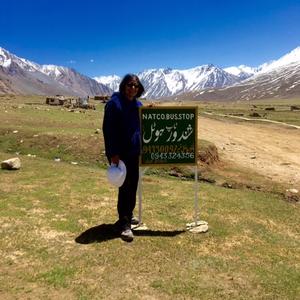An Insider's Guide to Lahore
Here our local with the knowledge Mehmuda uncovers Lahore's secrets, from what to see, where to shop and most importantly, what to eat!
Why go?
From the magnificent monuments, inspiring Mughal architecture, soulful sounds, finger licking food, bustling bazaars, modern malls, Lahore is truly Punjab's premier city, its cultural and academic hub, a city of gardens, its citizens known as Zinda dilan or 'people whose hearts are alive'. As the saying goes, 'who hasn't visited Lahore hasn't lived '!
Must sees
As well as the architectural gems of Badshai Mosque, Lahore Fort, Allama Iqbal's mausoleum, forming the newly created Greater Iqbal Park, the gorgeous Shalimar Gardens, the Raj era Colonial buildings, the Sikh and Hindu heritage, Lahore's ancient history of over a thousand years has left its mark across this vibrant, chaotic, surprising city.
The Lahore Museum (once the home of Rudyard Kipling's father) provides an interesting overview of this rich history.
Just behind Delhi Gate, one of the ancient city's 13 gates, lies the newly restored Shahi Hammam, a former Royal spa and bath house, close to one of Lahore's most beautiful mosques, Wazir Khan Mosque (see below - worth climbing one of its minarets for a view of the Old City).
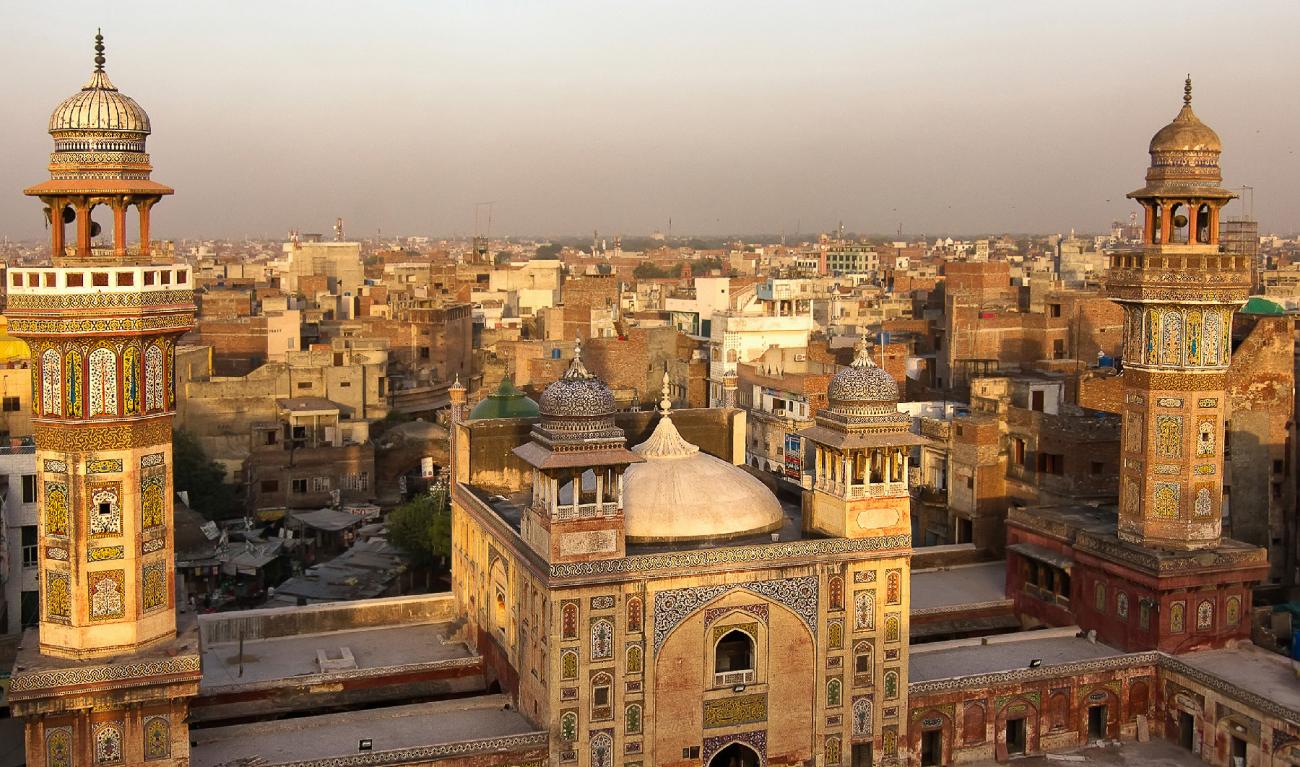
The Old City (Androon Shehr) is well worth exploring for its mix of historic landmarks, the narrowest of side alleys, restored havelis (town houses) ,that are gradually being opened up to visitors. Striking examples include the Naqsh Art Gallery in Bazaar e Hakiman, at Bhaati Gate, a project of the Babar Ali Foundation, created to preserve traditional skills, where visitors can watch artisans at work, and purchase their creations at reasonable prices.
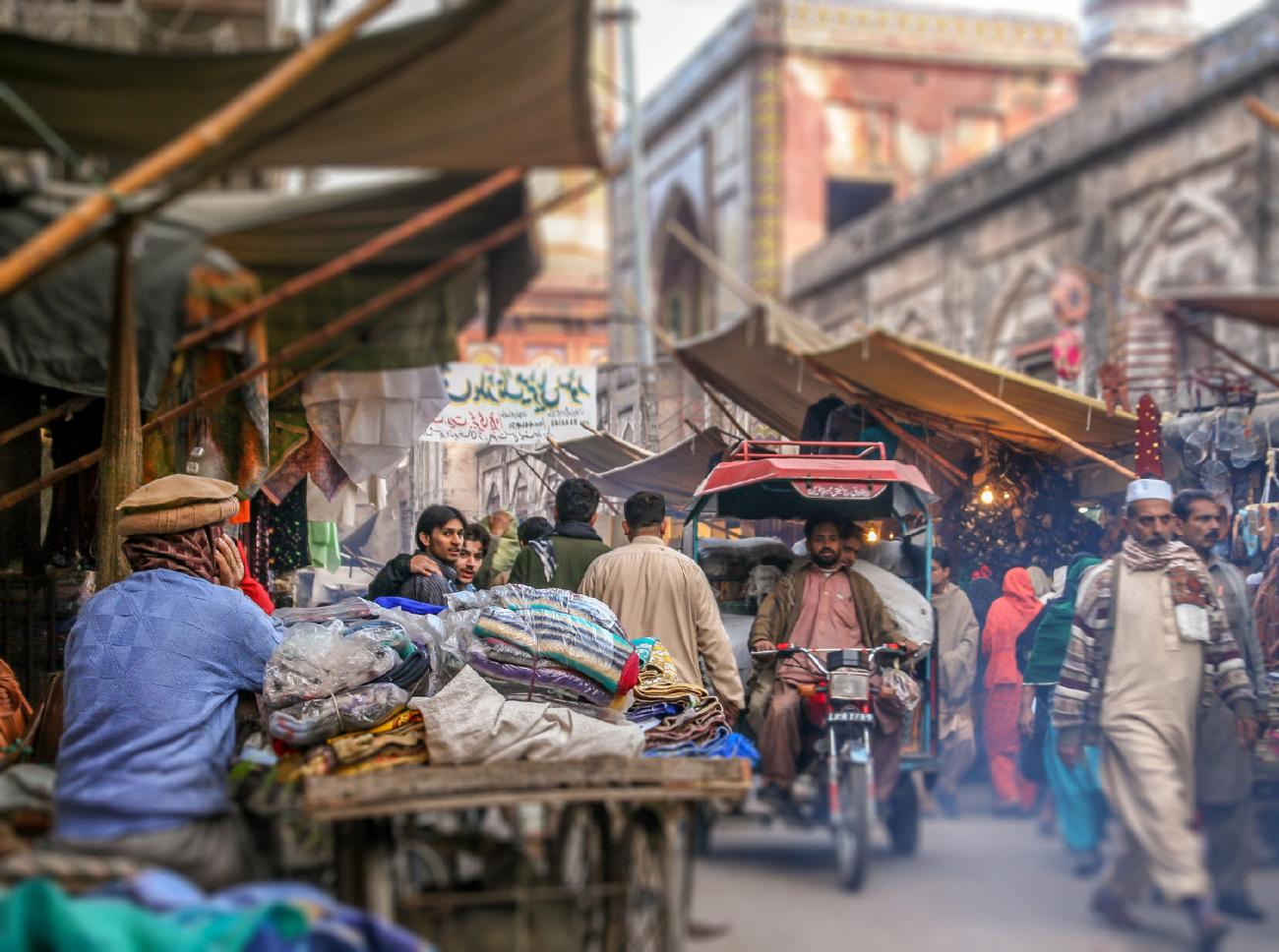
Another haveli owned by the Fakir family for centuries houses a private museum, the Fakir Khana Museum, a veritable treasure trove.
Lahore is also celebrated for the Sufi saints who hailed from this city or came here to live and were buried here. Among the more famous shrines of Lahore are Data Darbar, the Shrine of Hazrat Ali Hajweri, the patron saint of Lahore, one of the oldest and most vibrant shrines, with devotees from all over the country visiting at all hours.
On Thursday evenings and the `urs (death-day anniversary) of the celebrated saint Mian Mir, one can find hundreds of devotees, qawwali singers, drummers, and harmonium players.
Another saint Baba Shah Jamal is known to have used drums and dancing to preach his beliefs and following this tradition, popular drummer Pappu Saeen performs at the shrine every Thursday evening. The shrine is more than a historical site for many, who visit it for food, shelter and solace.
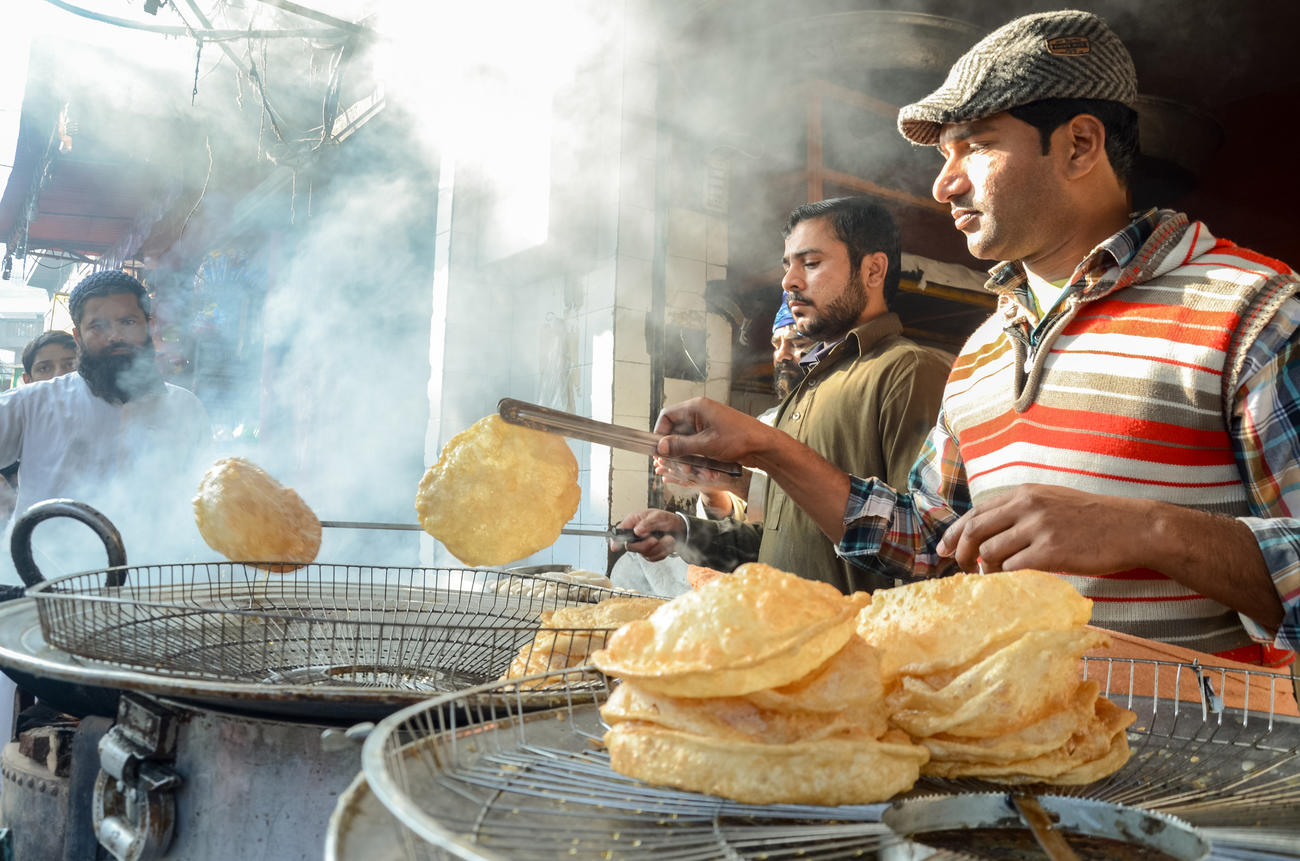
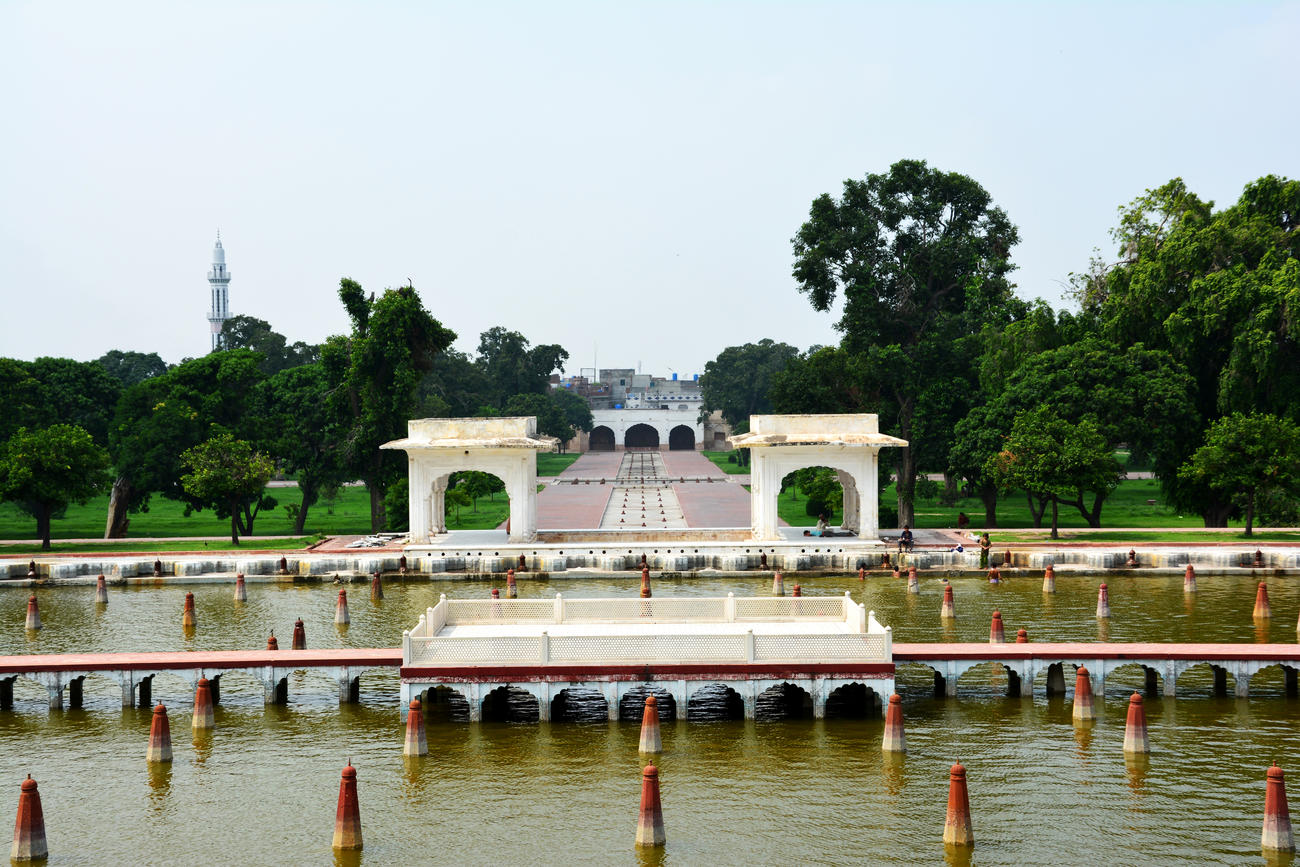
Where to shop
Avoiding the modern malls and shopping centres that are springing up everywhere offering luxury/Western designer labels and brands, there is much more fun to be had bargaining in the busy bazaars across Lahore!
Anarkali Bazaar, one of the oldest surviving markets in Lahore (named after the legendary girl who was alleged to have been immured alive in 1599 by Mughal Emperor Akhbar for falling in love with his son Selim, later known as Jehangir), provides a crowded chaotic, but authentic experience.
Amongst the cheap Chinese imports, dirt and dust, and through the maze of narrow lanes and tight alleyways, lie hundreds of stalls, some with hidden treasures at the back of dusty counters, including wooden handicrafts, bronze replicas of courtly music instruments. Bano market within the bazaar houses jaw dropping wedding fineries, at a fraction of the cost elsewhere. Stop for sustenance at one of the many food stalls, famous bakeries or paan stalls, energising oneself for more retail therapy!
Liberty market, relatively more upmarket, houses a variety of boutiques offering everything from costume, silver and gold jewellery to glass bangles in a myriad of colours, textiles from sheer lawn cotton to a rainbow of silks, heavily embroidered fabrics of all hues, ready made shalwar, keemeez - Pakistani dress for both men and women. This is the place to buy the traditional leather shoes, khussas/sandals, fine pashmina shawls, and deep in the heart of the market, traditional Pakistani handicrafts from around the country. Enjoy restorative ice cream at Paradise, street food at the food dhabbas, including the famous bhatooray, a delicious mix of puri and chick peas and the sweet faloodas and kheers.
Where to eat
Lahoris are justly proud of their cuisine and any opportunity to eat out is warmly embraced.
A variety of restaurants offering not only local delicacies but cuisines from all over the world, including Japanese, Chinese, Thai, Italian and French.
For spectacular views over the Old City, there are several restored havelis providing tasty local food, the most celebrated include Coco's Den, Haveli and Andaaz, The 2 Food Streets in Gawalmandi and Fort Road are lively restored areas famous for a variety of local Lahore delicacies from fried fish to Chapli kebabs, to more exotic dishes such as nihari and paya, all to be washed down with cool lassi or pink Kashmiri tea.
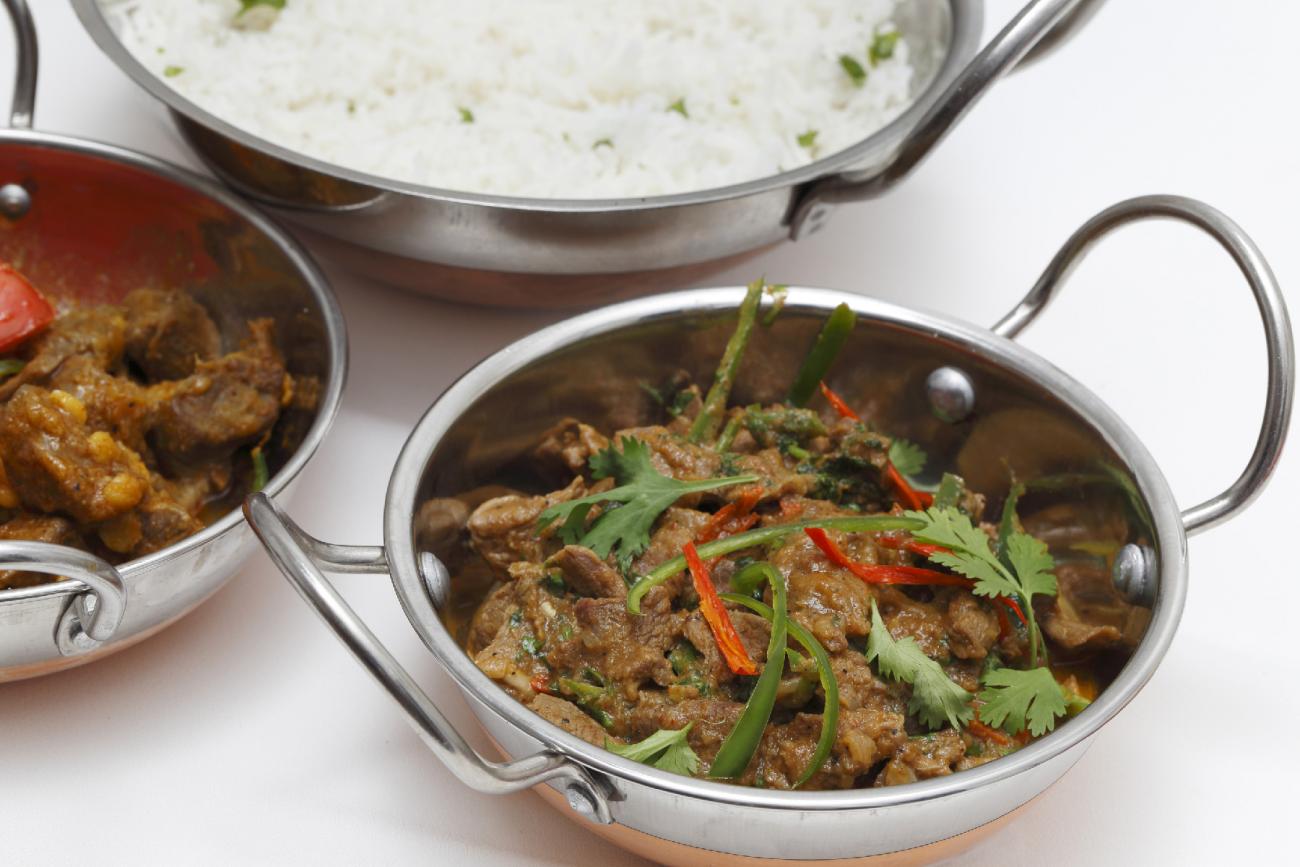
Numerous restaurants and cafes line MM AlamRoad, including Village Restaurant, Cafe Page 102 with its booklined walls and book shaped tables. Cafe Barbera, providing Italian/ Pakistani fusion food, Jammin Java Cafe for a cool vibe. Yums for Chinese, Aylanto and Veranda Bistro for Italian, and Bundu Khan for home style cooking. And definitely go to Butler’s Chocolate Cafe and try its Molten Lava cake!
Lakshmi Chowk is another famous eating spot in Lahore, with road side eateries, open all night to restaurants such as Tabbaq for its delicious kebabs and meat dishes.
For those with a sweet tooth, bakeries and traditional sweet shops can be found right across Lahore. Examples include the four generation family business Khalifa bakery famous for its crumbly nan khatai biscuits in Mochi Gate ,Chaman with several stores across the city, for ice cream, Chashni for calorie laden treats, and Fazal sweets for traditional pinnayan.
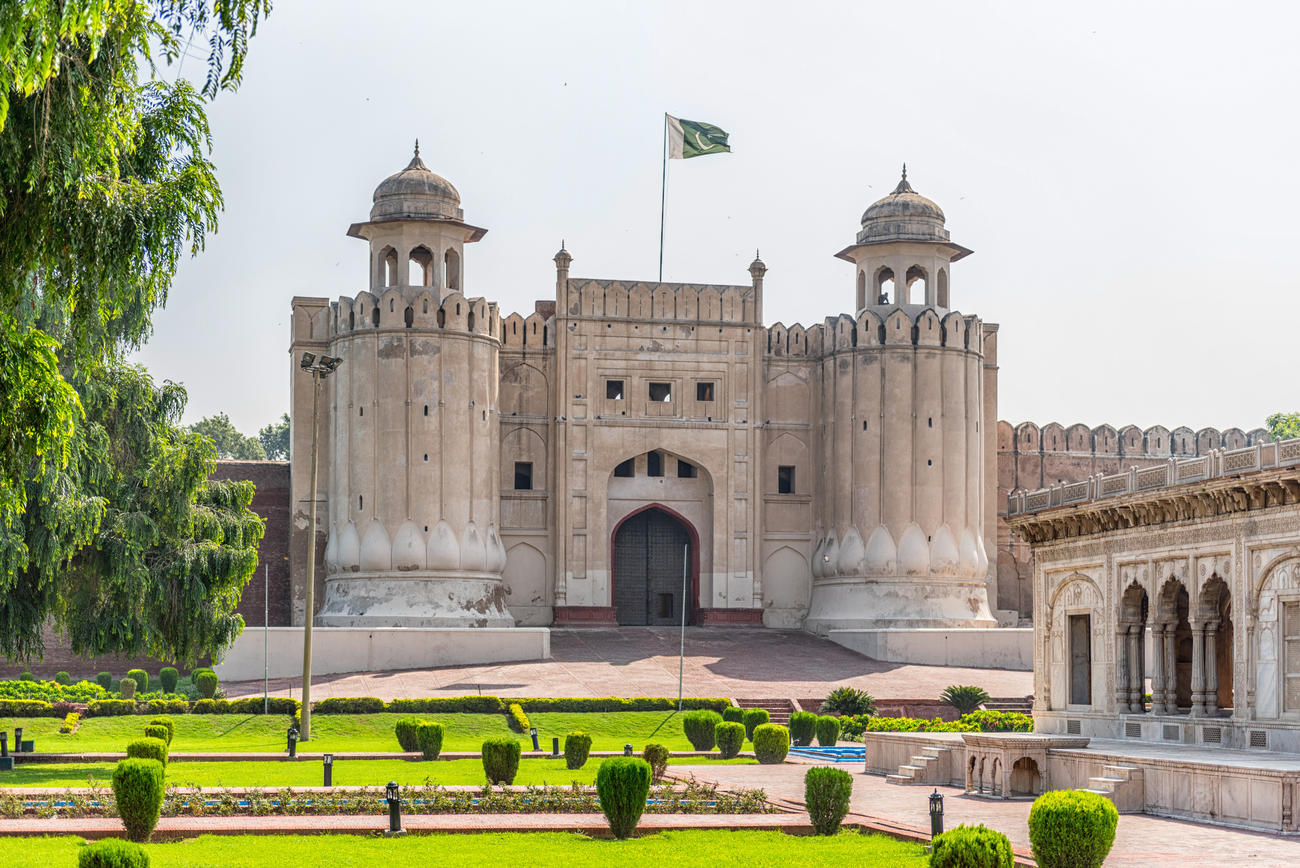
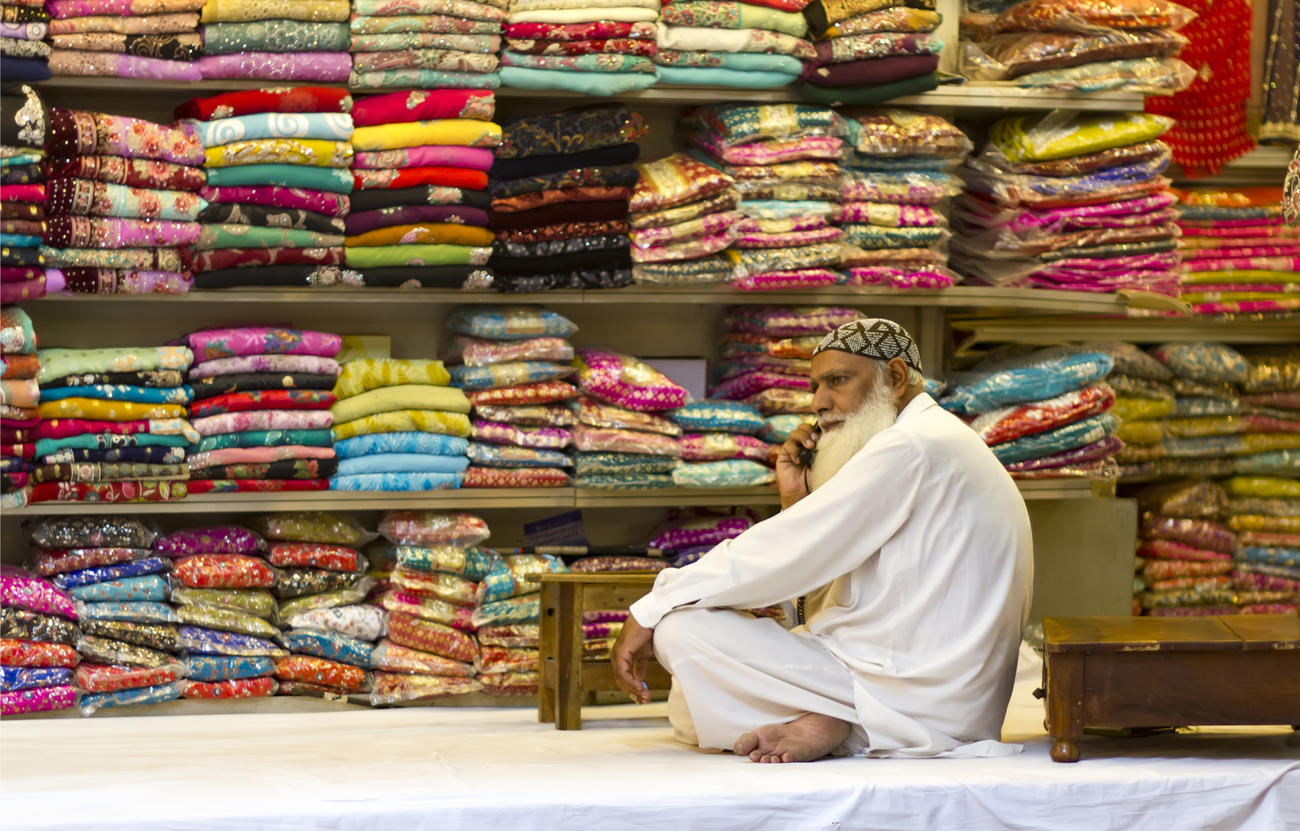
Hidden gems
If possible try and plan a trip during the famous annual National Horse and Cattle Show which brings together and displays the best livestock in the country and reinforces its rich cultural charisma with folk dances, camel performances, tent pegging and local music events.
One of the most spectacular havelis is that of Nau Nihal Singh just inside Bhaati Gate. Ask for directions to Victoria School and you’ll soon find yourself standing within a huge open compound, colloquially known as ‘bhaiyyon wala maidaan’ (ground of brothers). Beyond the ground, which was once a flourishing garden, rises an imposing four-storey edifice. Currently serving as a government-run secondary school for girls, it was once the residence of the heir to the Sikh throne, Nau Nihal Singh, grandson of the legendary Ranjit Singh, and is one of the few surviving Sikh royal residences to be found in the region.
Within the chaos that is Anarkali Bazaar, not many people know that within this one market, you will find the tomb of a Muslim general, (the mausoleum of Qutub-din Aibak, the slave general of Mohammad Ghauri and the founder of the Slave Dynasty in South Asia. He was killed playing polo in Lahore and was buried at Anarkali. The tomb was originally constructed in 1210 and renovated by the government in the 1970s. Close by is Anarkali Church, a red and yellow building, with its over the top plaster mouldings, and in a sad state of disrepair, the French General Allard's tomb. Sadly the historic Jain Mandir was recently totally demolished to make way for the new metro system.
For the future
The Walled Area Authority is currently working on the conservation of the world’s largest picture wall at the Lahore Fort, again with technical assistance from the Aga Khan Trust for Culture.
A second project inside the Lahore Fort is the conservation of the Royal Kitchen, which will be completed by October this year. This was the kitchen used in Emperor Shah Jahan’s time and had been turned into a no-go area. The exciting proposal is to open it as a night restaurant for tourists so they can enjoy royal recipes in a heritage setting.
A few tips
- Although lots of Pakistanis speak English, do learn some basic Urdu phrases, general Muslim greetings, it will definitely break the ice!
- Don't be unduly worried when the power goes, this is the infamous 'load shedding', the frequent government controlled power cuts, though things are now improving with the scores of solar power panels springing up everywhere.
- Do keep a torch handy
- Do take some socks out with you when visiting mosques/mausoleums to avoid burning your feet, dress conservatively, a shawl/ dupatta is very handy not only for covering your head/ shoulders, but also for covering your face if it gets dusty.
- Do take a trip in a tuk/tuk/auto rickshaw, particularly handy for getting around the Old City, just check the internal seats are well padded!
- Get used to being stared at! There aren’t many foreign tourists around.
- And finally, not many people know this, but Lahore is becoming the best place for hair transplants!
